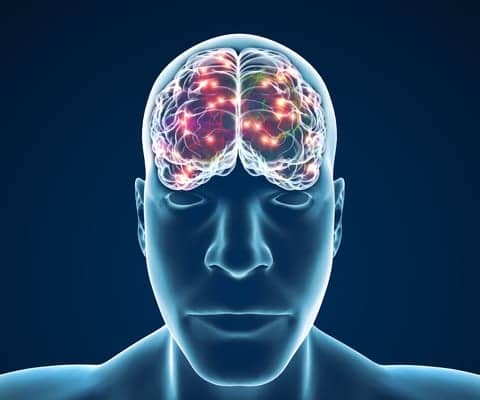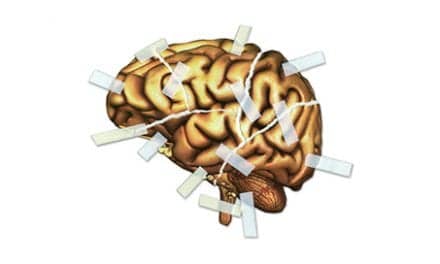Dialing back activity on the healthy side of a brain post-stroke could push the injured side of the brain to work harder as a way to recover motor control and other functions. Researchers at the Ohio State University Wexner Medical Center are working to prove this concept using Transcranial Magnetic Stimulation (TMS) with a study aimed at improving arm movement among individuals who have had a stroke.
Principal investigator Marcia Bockbrader, MD, principal investigator of the study, explains that when one side of the brain is damaged by a stroke, the healthy side tends to generate much more activity to compensate. The net effect of that may actually work against optimum recovery. Bockbrader says, in fact, it may actually prevent the injured side from recovering.
“In this particular study, we are looking at people who are 3 to 12 months after stroke who haven’t recovered all the way and are trying to use this technology to boost their recovery process to restore the brain balance,” Bockbrader said.
Over the next 2 years, The Ohio State University (OSU) reports that it will enroll up to 200 patients for the study, being carried out among a total of 12 rehab facilities nationwide. An OSU media release reports that Nexstim has launched the double-blinded, randomized, and sham-controlled trial to determine the therapeutic effects of navigated rTMS (repetitive transcranial magnetic stimulation) for stroke rehabilitation. This stroke therapy combines occupational therapy with navigated repetitive transcranial magnetic stimulation (n-rTMS).
“NexStim is a way to specifically stimulate a brain area of interest,” Bockbrader said. “In our study, we are stimulating the motor areas that are sometimes injured in a stroke. This device targets the overactive side, quieting it down enough so that, through therapies, the injured side can learn to express itself again.”
The study calls for all participants to receive 6 weeks of hand and arm therapy, and an occupational therapist will work with study subjects focusing on improving movement, flexibility, strength, and use of the weak arm and hand. The study reportedly will last up to 8 months and involve up to 29 visits.
Lise Worthen-Chaudhari, assistant professor of Physical Medicine and Rehabilitation at Ohio State, is a co-investigator for the study. Worthen-Chaudhari explains that adding navigation to TMS is the key to finding the exact location and orientation of the motor area that should be inhibited by stimulation “This results in down-regulation of the excitability of the healthy side and restoration of the balance between the lesioned and healthy sides, allowing the lesioned side to regain function,” she says.
Other sites that reportedly are also involved in the clinical trial are Mayo Clinic in Arizona, Ranchos Los Amigos National Rehabilitation Institute in California, Shepherd Center in Georgia, Rehabilitation Institute of Chicago, Indiana University, Spaulding Rehabilitation Hospital in Massachusetts, Columbia University, Burke Rehabilitation Center in New York, Duke University, University of Cincinnati, and TIRR Memorial Hermann Hospital in Texas.
[Source: The Ohio State University]





